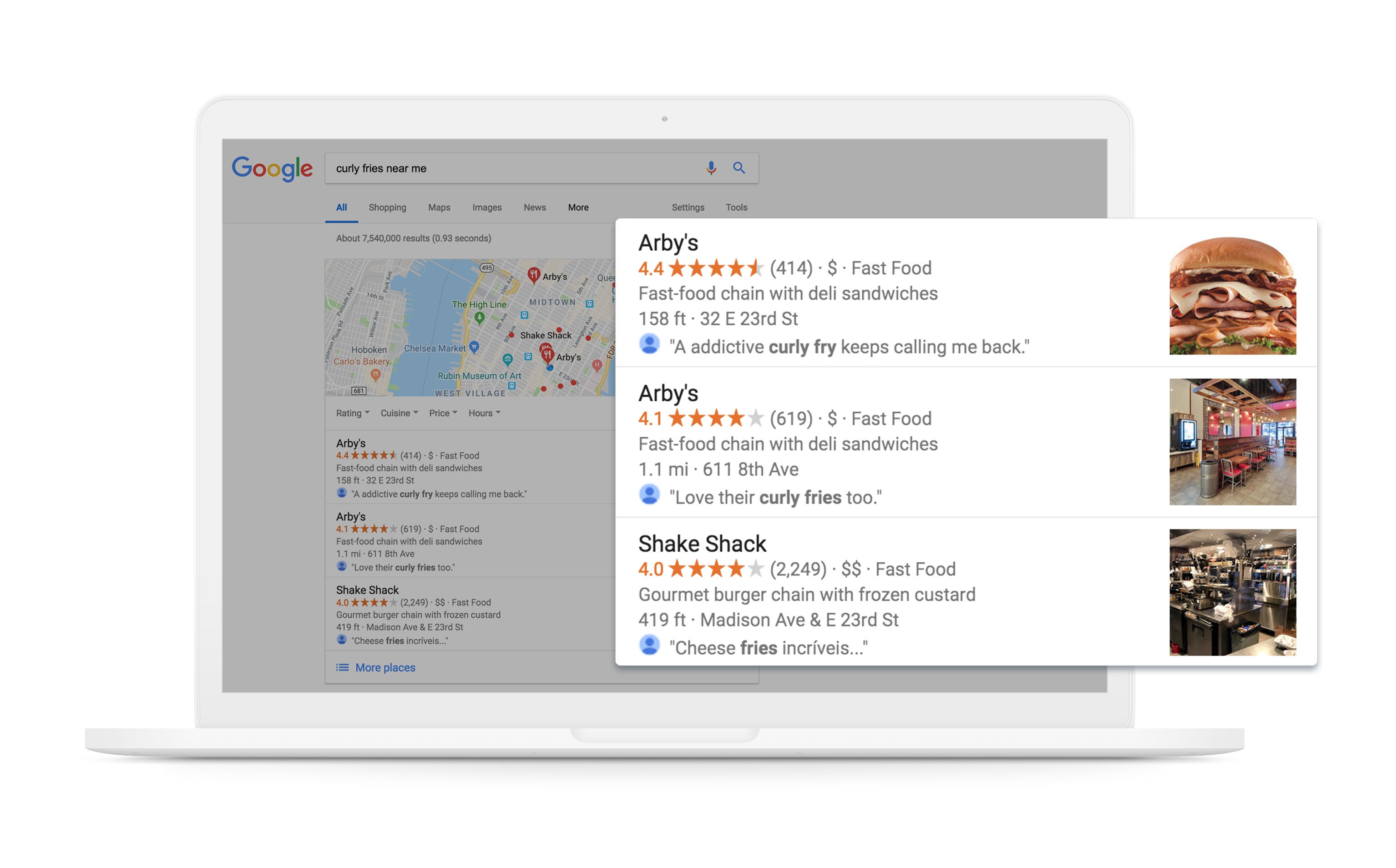Industry Insights
Why You Should Be Monitoring More Than Your Reviews
How does your business stack up against the competition? The base of any successful reviews strategy is to monitor and respond to your business’s online reviews. Google has stated that, “review count and score are factored into local search ranking.” However, to determine how well you are performing across consumer search experiences, you need context. […]

How does your business stack up against the competition?
The base of any successful reviews strategy is to monitor and respond to your business's online reviews. Google has stated that, "review count and score are factored into local search ranking." However, to determine how well you are performing across consumer search experiences, you need context. And how do you know if you're winning if you can't see the scoreboard?
Know where you stand compared to your competitors.
*Question: How good is a rating of 3.5 stars?*Answer: …It depends.
A 3.5 star rating is great if your competitor's nearby locations average 2.5 stars, but that same 3.5 doesn't compare as favorably if your competition has 4 stars.
Whether your competitors are large national chains or single location businesses, that additional context is critical when determining how each of your stores is performing, where you can make improvements, and what actions you should prioritize.
For example, if your business averages 4 stars overall, but you notice that one location lags behind, you can take action to make improvements at that location.
Tips to improve your star rating.
Concerned about your ratings on a specific site, like Google or Facebook? Start by prioritizing review response, which is one way to increase star ratings. Responding to reviews — both negative and positive — is one of the most effective ways to help improve your ratings and reach potential customers, and it's a clear signal that you care about your customers' experience.
And find a natural language processing tool that can help you understand and analyze your reviews. Use that information to make informed improvements at your locations.
How to measure improvement.
Reviews have traditionally been used to measure improvements in both customer satisfaction and experience — and this is often reflected by an increase in star rating. Because reviews are an important component to search, when there is an improvement to star rating, it can often correlate with an increase in overall search presence.
The final piece of the puzzle is to use a search tracking tool. This can help you identify the impact your reviews are having — relative to the competition — on your position in search.
Rank tracking used to be as simple as seeing where you showed up (1 through 10) in a list of blue links. But, search has evolved, and now things like local packs and knowledge cards often take up the entire first page of the SERP — which means position 1 in the organic results may now actually be below the fold. Determining not only where you show up, but where your competition shows up, and how likely a customer is to choose each of these results, is the only way to obtain a holistic view of your search performance in today's new environment.

To get a truly holistic view of how your business competes in search — and to take effective action to beat out your competition — you need to do more than simply monitor your reviews. You need to understand how you rate against your local competitors, and ultimately, how likely a customer is to choose your business in search.

